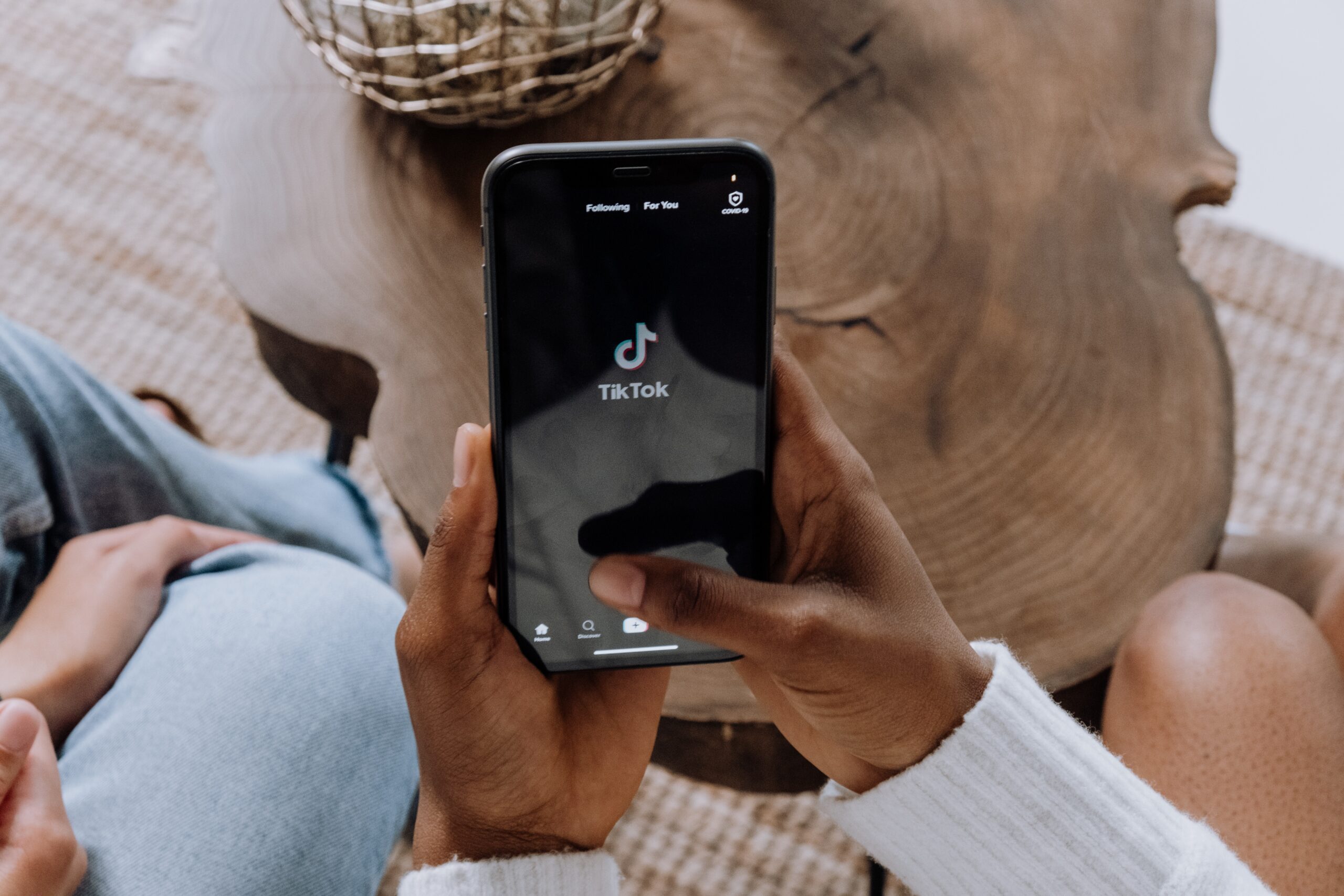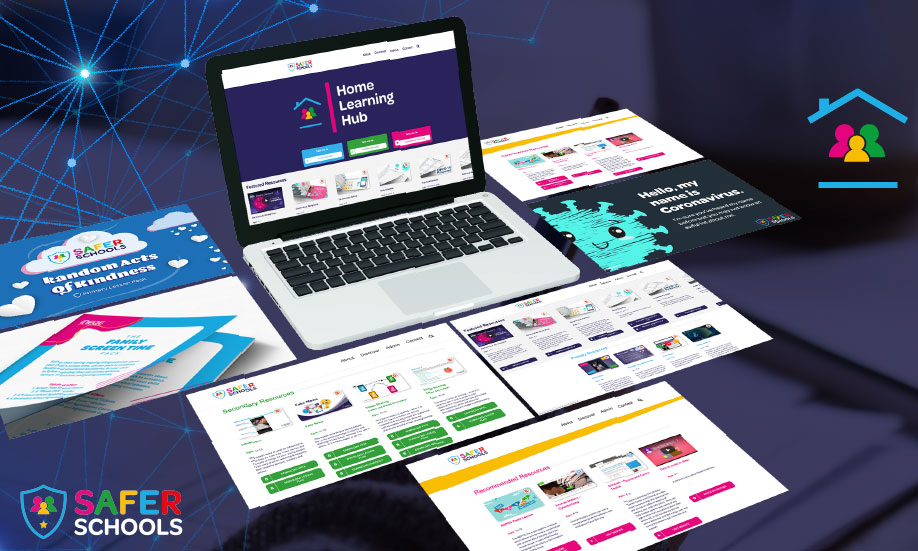Last Updated on 26th September 2023
With the launch of the new TikTok Stories feature, we take a look into what social media stories are and why young people use them.
Long gone are the days of buying disposable cameras – capturing moments with friends on school holidays to bring in and show around to classmates on the morning back to school (and hoping that when developed at the local chemist at least some of them turn out as more than a blur!).
These days, sharing moments with others is so easy and instant, it’s usually done in the moment itself! However, whether it’s in print or a post online, the motive behind it remains the same; from our ancestors sharing stories of their experiences around the campfire to today’s online visual snapshot of our lives, we all love sharing stories of where we’ve been and what we’ve seen.
In today’s digital world, social media platforms provide an outlet for children and young people to sit around the metaphorical campfire and tell their stories. They update each other about their lives, by posting pictures and videos on their social media profiles, sharing and comparing experiences.
This Easter, as children and young people head out on adventures with friends and family, there’s a new option for sharing their experiences: TikTok Stories has been launched. To explain how it works, we’ve created this guide to TikTok stories and social media stories across a number of popular platforms. We’ve also included our top tips to keeping children and young people safer when using these features.

What Are Social Media Stories?
Within social media apps, a story is a picture or video that can be viewed for 24 hours after being posted. The most common platforms for sharing stories are Instagram and Snapchat. There are no set privacy rules and each platform will differ in appearance and how exactly it’s used.
There is no limit to the amount of images or videos a user can share on their story.
Instagram initially rolled out the ‘story’ feature as a way of posting higher-quality visual stories. This proved popular and now, there’s over 500 million stories posted each day on average to Instagram.
Snapchat
Snapchat was initially well known for its ‘filters’, which have now been adopted by several other social media sites. Snapchat also has the story feature available for their 319 million daily active users, who create over 5 billion snaps every day.
On TikTok’s new story feature, the editing options are the same as when using TikTok normally, with the same editing tools, sounds, effects and filters available for use.
Facebook unveiled its version of ‘stories’ back in 2017. The function has grown in popularity and now boasts over 1 billion people who use the feature across Meta’s family of apps, including Instagram.
TikTok
TikTok has now joined the other social media platforms by welcoming the new feature of TikTok ‘stories’ to their 1 billion monthly users.
The feature was originally launched as a pilot back in the summer of 2021, meaning only a selected number of users had access. Now, TikTok Stories is being rolled out to all users.

Key Features in a Story
Who Can See Social Media Stories?
When a story is posted, anyone that a user is friends with on the app can view it dependent on their privacy settings.
Both Instagram and Snapchat allow you to see who has viewed a story, however, Snapchat goes one step further by sending a notification to the original poster every time someone screenshots part of their story. On TikTok, users can’t see who have viewed their story, just a counter showing how many people have looked at it.
It’s important to note that despite Snapchat’s screenshot notifications, there are ways around it. By using a second device with a camera (like another phone or a tablet) or by using screen recording software, someone’s story can be captured without them ever knowing.
The Risks of Social Media Stories
How To Stop People from Seeing Social Media Stories
On Snapchat, certain people can be stopped from seeing your story by blocking them. To do this:
Similarly, on Instagram:


Facebook also allows users to choose who they want or don’t want to see their story depending on current privacy settings.
Join our Online Safeguarding Hub Newsletter Network
Members of our network receive weekly updates on the trends, risks and threats to children and young people online.


















